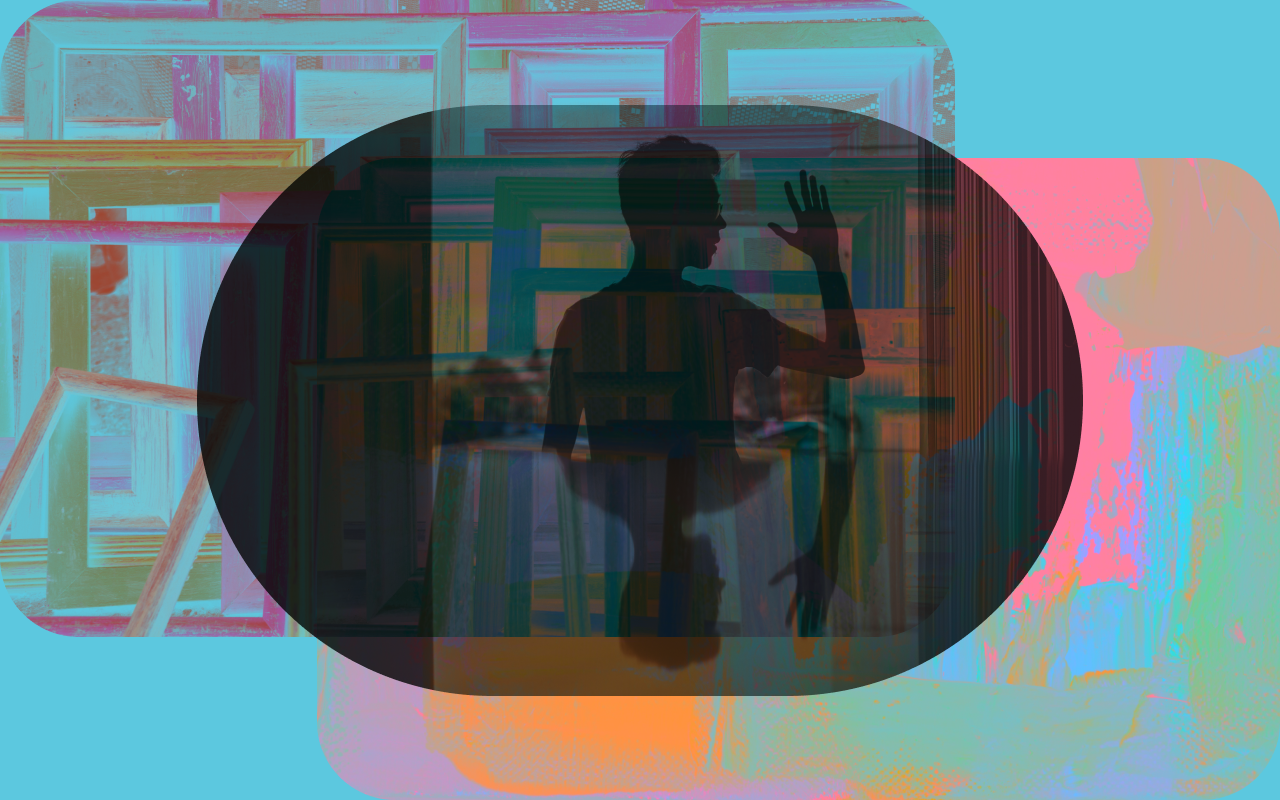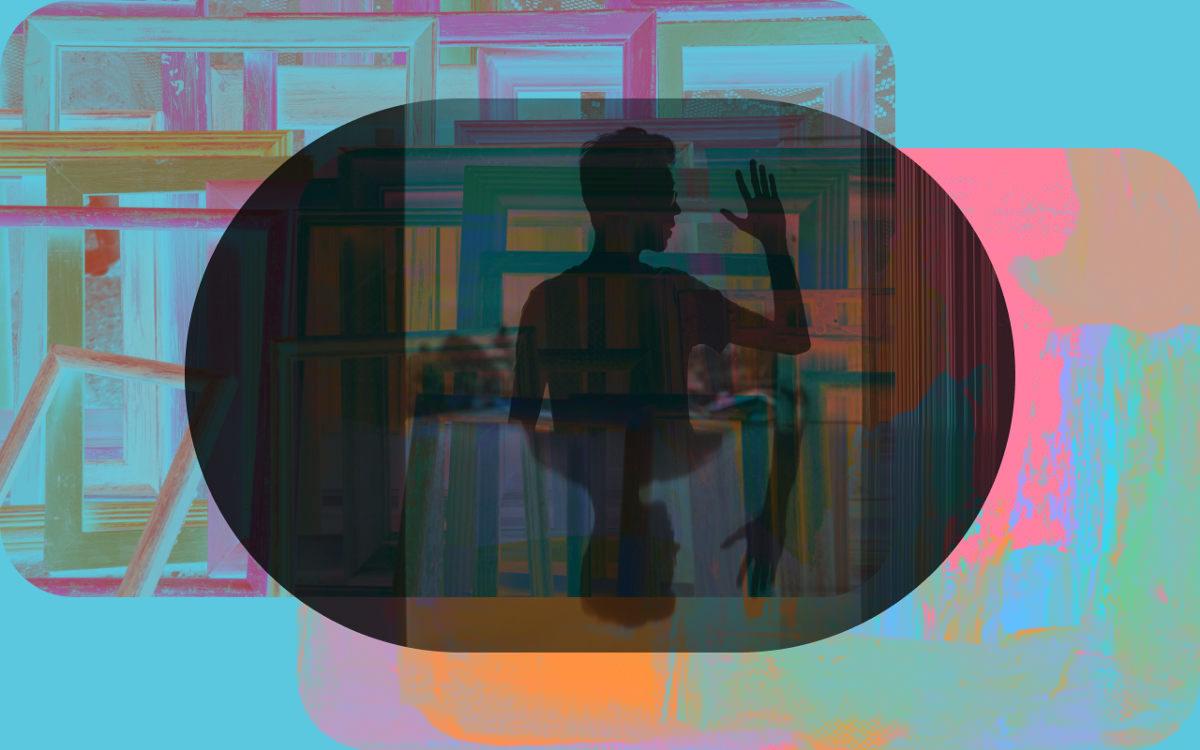
A quick introduction
Design, to me, is to bring compelling ideas to life. Having come from an Engineering background with a bit of experience in Product Marketing, I quickly realized the importance of Design.
I dream of being in the front row in creating experiences that positively impact a million people’s lives. Like I want to build systems that solve the world’s hunger problem or the poverty issue. It’s not bad to dream high, right? Someday, someday!
Meanwhile, I discovered that it is Design that has the power in making such dreams come true. Yes, Acquisition, Number of Visits and Referrals are important metrics for businesses, but are they our end goals? Are they in our vision statements?
Marketing is core to taking our products to people through different channels. But designers get to make the things that get marketed. The things that get used by humans. That’s my reasoning to transition from Marketing to Design. Also, I find Design super interesting! (No offense to Marketing in any way, I enjoy doing that as well from time to time.)
I am sure all of us know that Design is more than just pixels. It is more than pretty visuals. In fact, Design is not even entirely about making products. It is actually about the end-to-end experience that users perceive around our brands online as well as offline. It is a unification of human psychology, technology, sociology, art, and business.
Sometimes, Design is invisible, sometimes it is a living breathing thing. There’s no concrete definition that I can come up with, for Design, it is rather evolving with time. Now, can design really change the world? I will let you find the answer to that one here.
Design’s Messes
In the recent times, I have been asking myself this question of what’s the impact of design in real life and how bad design decisions could affect real people.
“The world is a mess because a certain set of people designed it to be a mess.” — Mike Monteiro
The above statement might come out to be too strong. Or is it at all? I want us to dip our toes into the messes of our design world and judge the real influence of design on people through it. It is only when we know what has gone wrong, can we come back with better design decisions.
Here we go:
- She got thrown away from her parents house, ostracized and excluded from her neighborhood. She had set her privacy settings to her individual choice. But how did that get overridden? One single notification had changed the life of a woman who joined a queer choir group online. — Design is life changing
- Her husband died last year. She wanted to mourn in peace. Her Year in Review could go to hell. There she was, disturbed by the alerts from her post about her husband’s death. A few people clapped, but then she noticed that the publishing medium made funny remarks on how to make the post more popular. — Design should be compassionate
- He had a terrible dream of failing his life. He woke up to images of his friends partying in San Jose. He had trouble bringing his attention back to work. When he did, virtual meetings and chat messages crowded the day. He was a victim of attention seekers. — Design should be in sync with user’s values
- The intention was to create a design community to showcase processes and projects. It had grown into a social media for polished pixels. The intention was to share data with apps that promised social returns and tech disruption. Instead, we had our identities hacked and found ourselves vulnerable. The intention was to create ad spaces to earn money online. And we invented ad blocking apps. — Design should be meaningful and well thought-out
- He was a Bisexual. He didn’t have a place to be himself online. He had to type in a proxy gender orientation. She was a teen who wanted to track her period to schedule her tampon buying routine. She was denied access as she wasn’t sexually active. He was an Arab, he is supposed to read from right to left. His difference in reading direction was a hindrance to be designed for. — Design does not believe in edge cases
- He thought he voted for the President he wanted. He thought wrong. The ballot system was complex to understand. She wanted her name changed on her identity card. The vague error message made her submit a wrong name; somehow that got her arrested for a crime that she didn’t commit. — Design should be accessible
- Her Ex-Boyfriend posted a sensitive photo of her online. Soon he tried to remove it; only to find that it was screen captured and got saved on an internet archive website to be recovered by anyone. He got locked out of his bank account even though it wasn’t him who blocked his card. She sent an email to her Boss which was supposed to be for her friend. She was asked to quit her job the next day. — Design should be forgiving
- He was in a hurry to find hospital information. The site couldn’t be easily understood. He chatted with a bot for an hour and a half and got nothing concrete. He lost hope. — Design should be informative and timely
- She was designing a login page. Little did she know, it was being used by illicit drug companies for accounting. He was a Product Manager of a fin-tech company. Although, he never understood why they had to build an in-house vault for storing their customers’ payment info. — Design should be ethical
- He was designing a database that listed immigrants for deportation. He was surprised to know that later. — Design is a responsibility
Take away
Now we can forsee the impact of good design which would have avoided all of the above incidents. Right?
We are aware that these issues were not the faults of our users. While in most of the incidents mentioned above (did you think they were unreal? they are not), those companies remedied their design choices, which is great! But do you see where I am going with this? Design has great power and it’s our responsibility as designers to make informed decisions. This can’t be stressed enough.
Even as a newbie designer in the tech industry, it’s not difficult to spot that most of us are not licensed. A few have design degrees but most of us are learning design through practice. This means that there is no central system that can keep every design decision in check. This shows that we have to be extra responsible.
Our research, intuition, and feedback (along with a few open source resources like iOS and Material Design Guidelines) are all that we have to design experiences that do not harm any human’s life negatively.
It sure is not easy. That’s why we have to learn how to do it right. We have to learn to adopt compassionate design techniques that help us look into user’s real intentions while using our products.
In the book, Design for real life, Eric and Sara show us how to incorporate compassionate design processes (by designing for stress cases) and ways to get the support of bosses to make it real. I suggest you read the book if you found this article interesting.
I want to end this article with a quote that you can take with you when you design awesome experiences.
“It’s not enough to disrupt a thing, you have to disrupt it the right way. You have to design the right thing.” — Mike Monteiro
